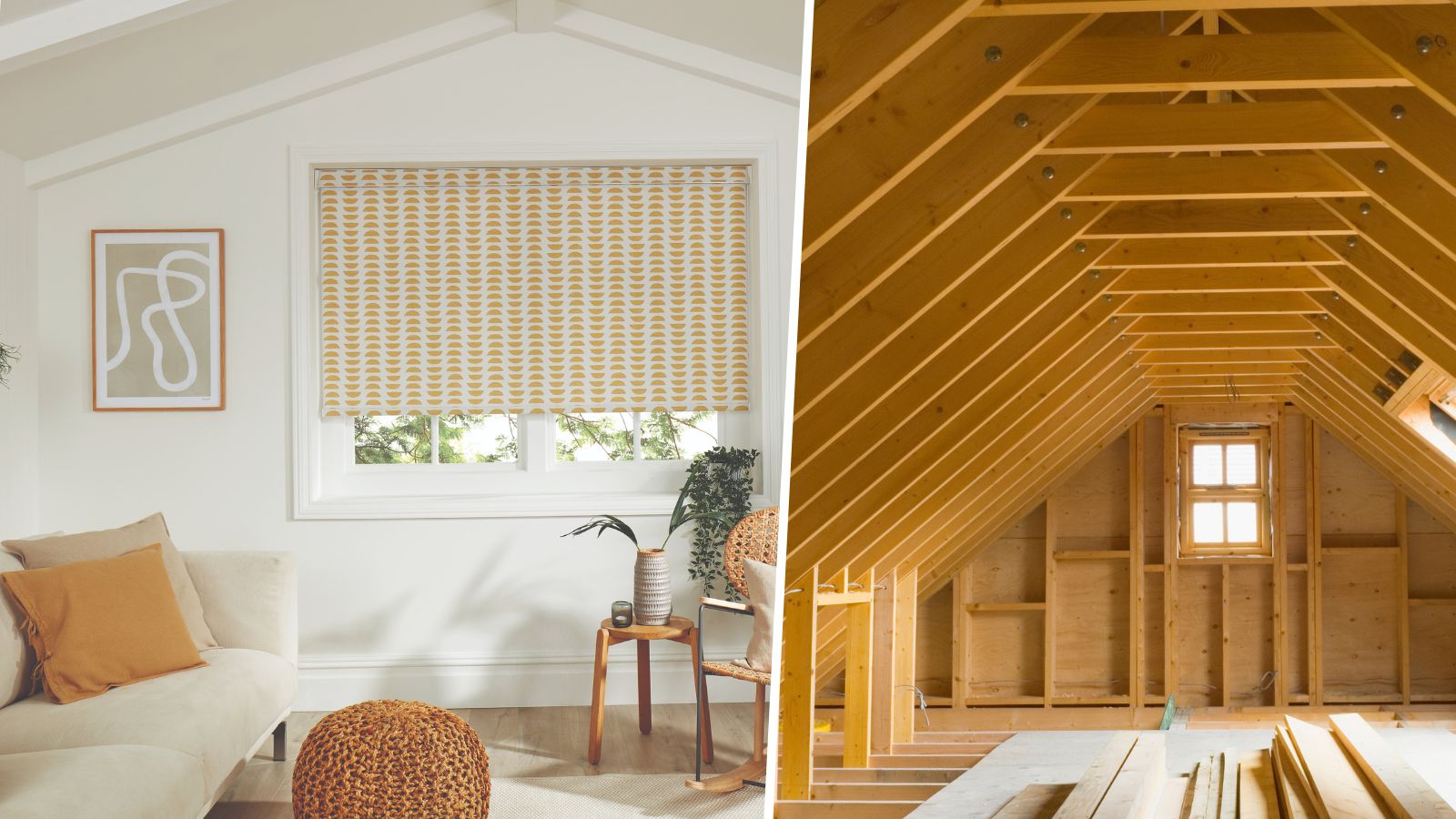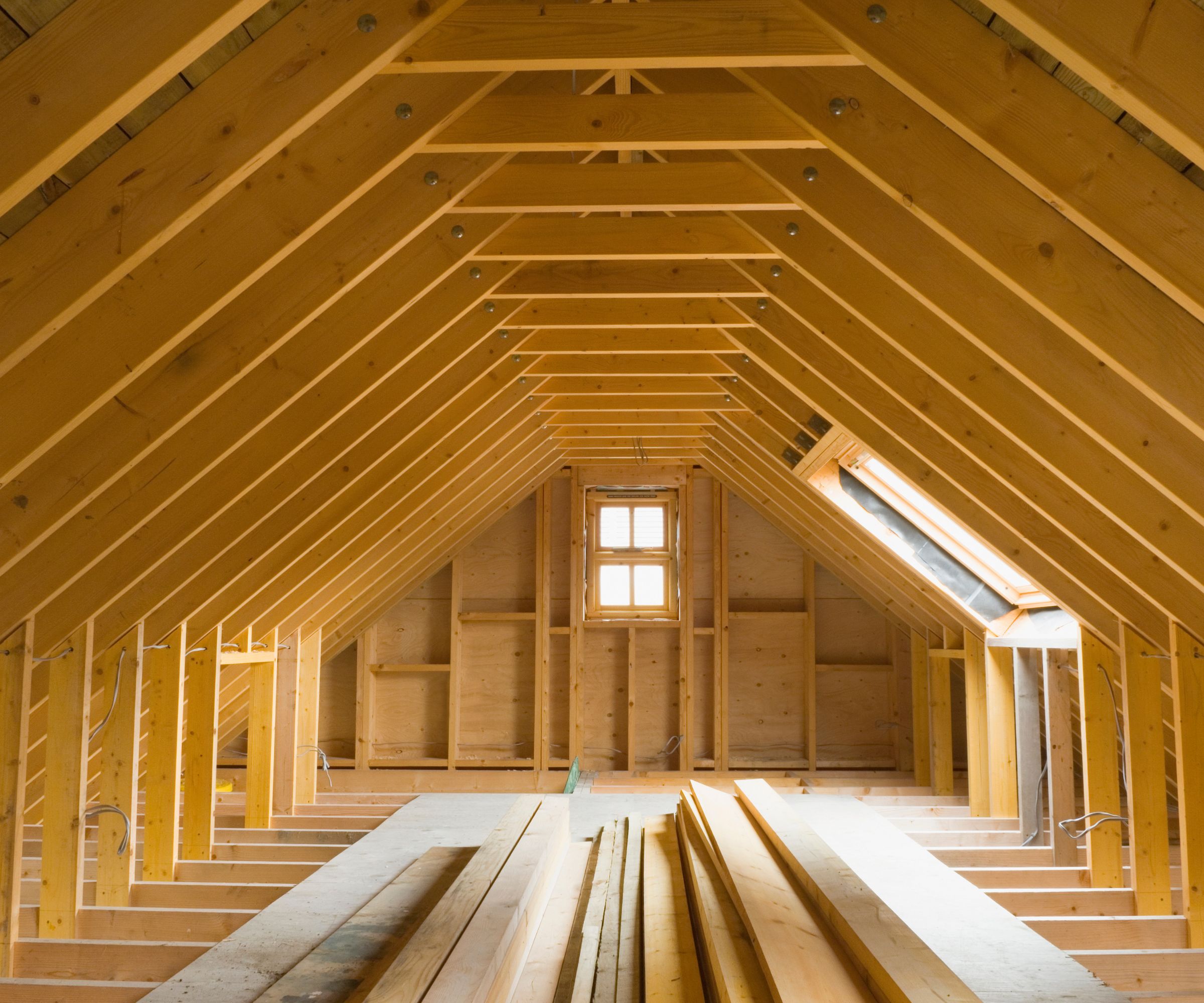
It is a common misconception that insulating a house keeps it warm and cozy. While this is certainly true in that it makes heating a home in winter a lot easier and more affordable, insulation can have the opposite effect in summer.
Although it can trap hot air in, it also keeps hot air out – just as it keeps cold air out in winter. Paired with some of the best ways to keep a home cool in a heatwave you are set for a soothing summer at home, experts say.
Here, contractors explain why insulating an attic makes a house cooler in summer, and why this eco-home improvement is more than worth the investment.
Will insulating an attic make a house cooler?
‘Attic insulation is beneficial in a lot of ways, but one of the biggest benefits is regulation of temperatures. If you have your attic insulated properly, it acts as a thermal barrier, keeping heat from transferring in and out of the home,’ begins Mike Larsen, expert roofer and owner of Larsen Roofing. ‘This means that it will keep warm air from either entering the home or leaving the home, so if you run your air conditioning unit in the summer, you won't have hot air seeping through the ceiling and heating up the house. This is how it cuts energy bills, as you won't need to run your AC as long as you would if your attic isn't insulated.
The bottom line is that keeping a poorly insulated house cool is just as difficult and costly as keeping a poorly insulated house warm.

Just because you have attic insulation doesn't mean that it is effective at blocking out external heat, however, warns Todd Miller, home improvement expert and president at Isaiah Industries:
‘The best way is to try to block the heat transfer as close to the roof as possible, stopping hot air before it can get into the attic where it warms timbers, etc.,' he begins. 'What's more, insulation against the bottom of the roof deck can trap moisture that is trying to drive out of the attic, causing condensation that can lead to mold, mildew, and rot,’ he warns.
How much insulation and the type that you have also has an impact, continues Mike Larsen, roofing expert, and it can differ depending on your climate zone. ‘So, if you live in a colder climate, you will want to have your attic insulated to at least r38, which is almost 12 inches of cellulose. In warmer areas, it makes sense to have your attic insulated to at least r49, or 16 inches of insulation.
'There are a few different types of insulation, but the general best is blown-in cellulose on top of the insulation rolls you most likely currently have.’

How much it costs to insulate an attic will depend on the size of your attic, the state of your current insulation, and what you are having it insulated with. However, the upfront costs will usually be offset by the savings on energy bills later down the line.
FAQs
Can you over-insulate your attic?
While it is good to have a decent layer of attic insulation, it is possible to over-insulate. Too much insulation will hinder ventilation, possibly leading to mold and mildew growth or attracting pests. It is therefore important to have insulation installed by an expert to ensure good airflow.
Should I remove old attic insulation before adding new?
If your old attic insulation is damaged, it is a good idea to remove it before adding new insulation. This prevents over insulating the space while preventing the new insulation from being damaged from pests, mold, or moisture that may be lingering in the old layers.
Improving your home’s EPC rating to reduce energy bills is not only beneficial to your wallet. It is a fantastic selling point if you ever look to sell your home and it is better for the environment, helping you to be more sustainable and conscious with your energy consumption. There are simply no downsides.







